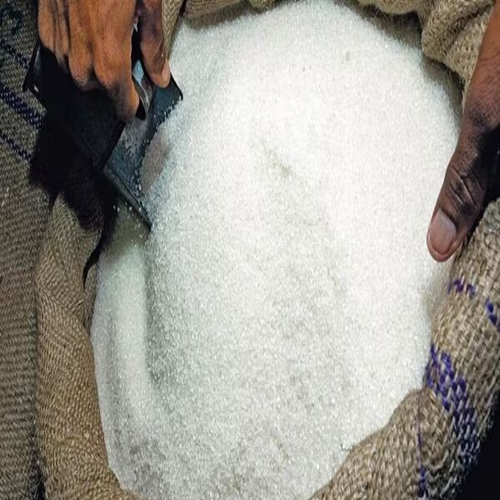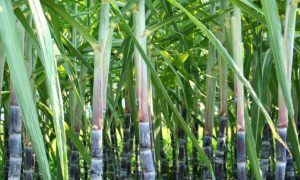Sugar stocks surge as government reverses ban on sugarcane juice for ethanol production

Sugar stocks experienced a notable surge, with gains of up to 7.7% in today’s trading session, following a new order from the food ministry. The order reversed the earlier ban on using sugarcane juice for ethanol production, allowing both sugarcane juice and B-heavy molasses for green fuel production in the 2023–24 supply year.
This reversal followed the government’s December 07 decision to ban the use of sugarcane juice or sugar syrup for ethanol production in the ethanol supply year (ESY) 2023–24.
In response to the updated order, major sugar stocks rose significantly in today’s trade. Bajaj Hindusthan Sugar led the gains with a 7.7% gain to ₹30.20 apiece, followed by Dhampur Sugar Mills ( up 6.59%), Dalmia Bharat Sugar (up 6%), Uttam Sugar Mills (up 5.7%), Sakthi Sugars (up 5.2%), Balrampur Chini Mills (up 5.1%), Rajshree Sugars & Chemicals (up 5%), Praj Industries (up 4.46%), and Triveni Engineering (up 3.8%).
In a directive issued to all sugar mills and distilleries, the ministry said the oil marketing companies (OMCs) will issue a “revised allocation” of “sugarcane juice and B heavy molasses-based ethanol” for the 2023–24 supply year to “each distillery.” OMCs have been asked to inform the food ministry after the placement of revised contracts, PTI reported.
After receiving the revised allocation, sugar mills and distilleries have been asked to supply ethanol strictly as per the revised quantity of cane juice and B-heavy molasses.
To secure sufficient sugar supply in the domestic market due to inadequate rainfall impacting India’s sugarcane crop, the government earlier imposed a ban on sugar exports.
The government has estimated sugar production to decline to 32.3–33 million tonnes in the 2023–24 season (October–September) as compared to 37.3 million tonnes in the previous season. Domestic consumption is expected to be around 28–29 million tonnes.
During the recent G20 summit, the government introduced the Global Biofuels Alliance, with the key objective of increasing ethanol blending with petrol to 20%. Notably, India had already surpassed its 10% ethanol blending target for the Ethanol Supply Year (ESY) 2021–22 by June 2022, ahead of the initially planned date of November 2022.
With this success, the country is now ambitiously targeting a 20% blending rate by 2025–26, aligning with its commitment to further enhance biofuel utilisation in the national energy mix.

















